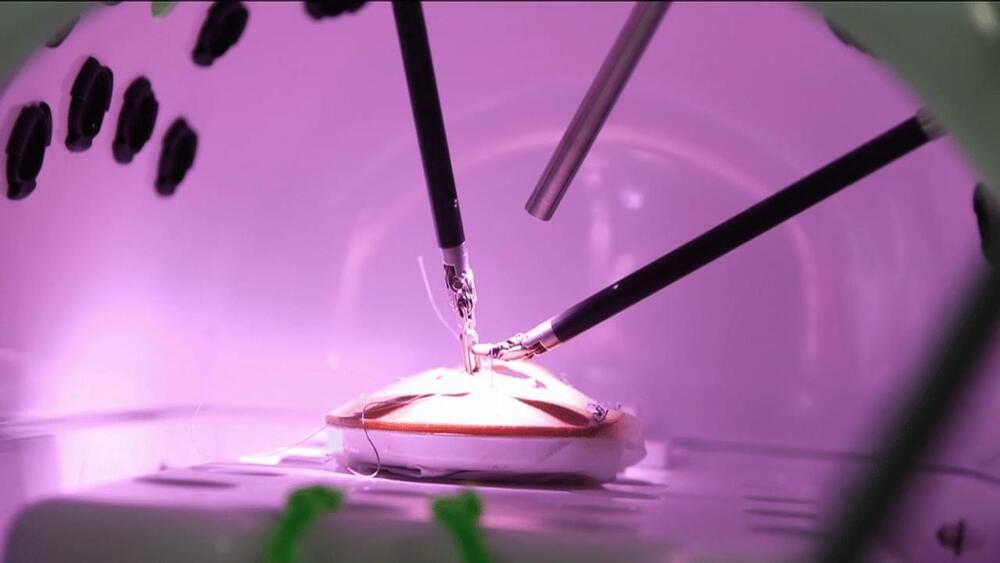Amazon Future Engineer students can boost their future for themselves and their community with the support of college funding, paid internships, and industry mentors.
Get the latest international news and world events from around the world.

Deep sleep may mitigate Alzheimer’s memory loss, research shows
A deep slumber might help buffer against memory loss for older adults facing a heightened burden of Alzheimer’s disease, new research from the University of California, Berkeley, suggests.
Deep sleep, also known as non-REM slow-wave sleep, can act as a “cognitive reserve factor” that may increase resilience against a protein in the brain called beta-amyloid that is linked to memory loss caused by dementia. Disrupted sleep has previously been associated with faster accumulation of beta-amyloid protein in the brain. However, the new research from a team at UC Berkeley reveals that superior amounts of deep, slow-wave sleep can act as a protective factor against memory decline in those with existing high amounts of Alzheimer’s disease pathology —a potentially significant advance that experts say could help alleviate some of dementia’s most devastating outcomes.
“With a certain level of brain pathology, you’re not destined for cognitive symptoms or memory issues,” said Zsófia Zavecz, a postdoctoral researcher at UC Berkeley’s Center for Human Sleep Science. “People should be aware that, despite having a certain level of pathology, there are certain lifestyle factors that will help moderate and decrease the effects.



AI offers new tools for making games, but developers worry about their jobs
The early days of AI in game development have been full of questions and murky answers.
For the most part, AI is exceptionally bad at illustrating hands. They come out six-fingered or four-fingered or, even worse, just some wispy ends that fade into the background. AI has been programming large Western 1940s-era smiles onto people of various cultures. It’s been reshaping images we know and refitting them according to prompts. Depending on the data that it’s fed, though, sometimes AI has solutions, and sometimes it doesn’t. Video game developers and AI companies want to use these AI tools to streamline game development and make it faster.
As major video game publishers like Ubisoft start to utilize AI for their development workflows, developers are beginning to worry about future job prospects.

Slack updates aim to put AI at the center of the user experience
Slack has evolved from a pure communications platform to one that enables companies to link directly to enterprise applications without having to resort to dreaded task switching. Today, at the Salesforce World Tour event in NYC, the company announced the next step in its platform’s evolution where it will be putting AI at the forefront of the user experience, making it easier to get information and build workflows.
It’s important to note that these are announcements, and many of these features are not available yet.
Rob Seaman says that rather than slapping on an AI cover, they are working to incorporate it in a variety of ways across the platform. That started last month with a small step, a partnership with OpenAI to bring a ChatGPT app into Slack, the first piece of a much broader vision for AI on the platform. That part is in beta at the moment.

Midjourney 5.1 Arrives — And It’s Another Leap Forward For AI Art
Midjourney 5.1 has been released, bringing another significant improvement in the quality of results from the generative AI art service. The company claims that version 5.1 of the engine is “more opinionated”, bringing it closer to the kind of results that you would get with version 4 of Midjourney, but at a higher quality. There’s also a “raw” mode, for those who don’t want images that are as strongly opinionated.
Other claimed improvements include greater accuracy, fewer unwanted borders or text artifacts in images, and improved sharpness.
See how Midjourney 5.1 delivers another huge improvement to the AI art service’s results with our test images.

Hugging Face and ServiceNow release a free code-generating model
AI startup Hugging Face and ServiceNow Research, ServiceNow’s R&D division, have released StarCoder, a free alternative to code-generating AI systems along the lines of GitHub’s Copilot.
Code-generating systems like DeepMind’s AlphaCode; Amazon’s CodeWhisperer; and OpenAI’s Codex, which powers Copilot, provide a tantalizing glimpse at what’s possible with AI within the realm of computer programming. Assuming the ethical, technical and legal issues are someday ironed out (and AI-powered coding tools don’t cause more bugs and security exploits than they solve), they could cut development costs substantially while allowing coders to focus on more creative tasks.
According to a study from the University of Cambridge, at least half of developers’ efforts are spent debugging and not actively programming, which costs the software industry an estimated $312 billion per year. But so far, only a handful of code-generating AI systems have been made freely available to the public — reflecting the commercial incentives of the organizations building them (see: Replit).

